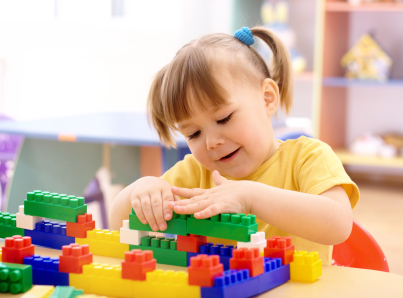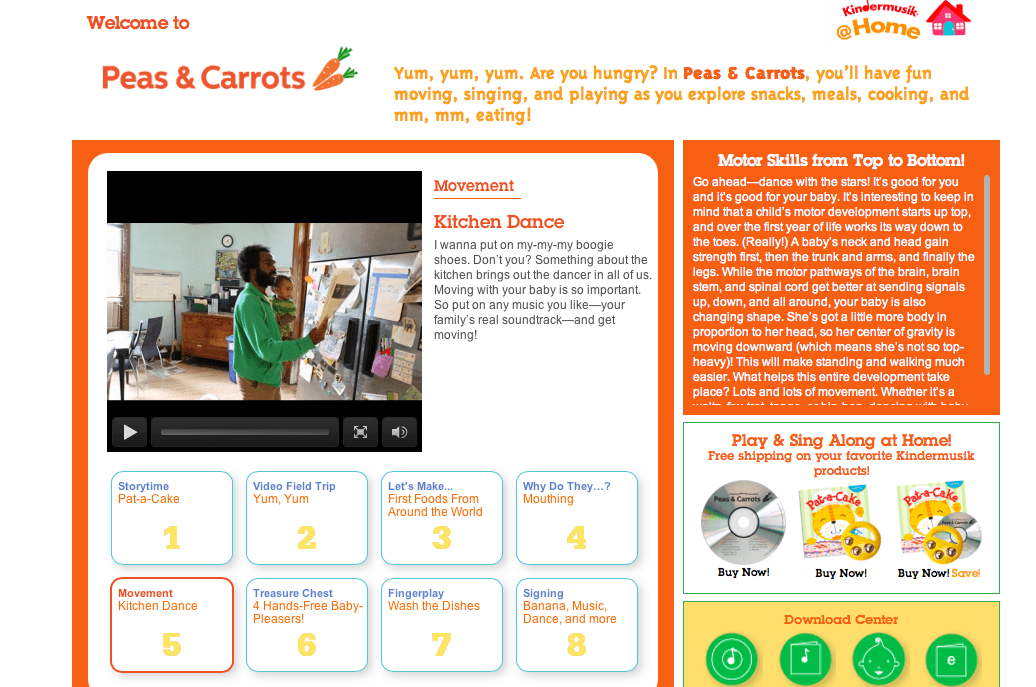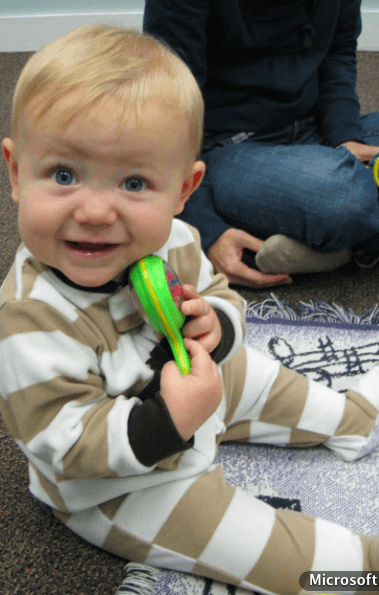Happy Inventors Month! In 1998, the United Inventors Association of the USA (UIA-USA), the Academy of Applied Science, and Inventors’ Digest magazine started Inventor’s Month as a way to celebrate the various contributions of inventors. Inventors make our lives easier from electricity to indoor plumbing to modern medicine to peanut better.
The list of top inventors probably includes Thomas Edison, Benjamin Franklin, Albert Einstein, George Washington Carver, Marie Curie, every child . Wait. “Every child?” Yes! Children make great inventors. Think about it. An inventor is someone who creates some new process, appliance, machine, or thing. To a child, everything is a new process—from learning how to eat, roll over, stand, walk, talk, roll a ball, and more. Children also discover new uses for everyday objects. A laundry basket becomes a turtle shell, a stack of pillows turns into a mountain worth exploring, a baby spoon makes a great instrument, and blocks become, well, just about anything!
. Wait. “Every child?” Yes! Children make great inventors. Think about it. An inventor is someone who creates some new process, appliance, machine, or thing. To a child, everything is a new process—from learning how to eat, roll over, stand, walk, talk, roll a ball, and more. Children also discover new uses for everyday objects. A laundry basket becomes a turtle shell, a stack of pillows turns into a mountain worth exploring, a baby spoon makes a great instrument, and blocks become, well, just about anything!
3 ways to encourage children as inventors
- Participate in the arts. Research indicates that STEM graduates (those majoring in Science, Technology, Engineering, or Mathematics fields) showed an increased involvement in visual arts, acting, dance, and creative writing. Even better, 93 percent of those graduates participated in music classes as a child.
- Combine music and learning. Music is more than, well, music. The benefits of music include supporting the social-emotional, physical, and the cognitive development of children. New research found that science-themed music videos boost scientific learning. We already learn our ABCs through song, so why not learn about gravity, phases of the moon, the life cycles of frogs, and all about magnets, too?
- Play together. Children learn through play. Provide the children in your life with hands-on playtime with caring, loving adults. Playing together helps children learn about their world and their place in it. One of the greatest inventors of all time, Albert Einstein, understood the benefits of play. After all, he said, “Play is the highest form of research.”
4 musical activities to celebrate Inventor’s Month
 For Babies: (From Cuddle & Bounce, “Bluebird, Bluebird”—Crinkly, Furry, Bumpy, Strange)
For Babies: (From Cuddle & Bounce, “Bluebird, Bluebird”—Crinkly, Furry, Bumpy, Strange)
Touch, squeeze, feel, pat. Babies explore their worlds with their hands (and sometimes mouths). With an adult there to exercise diligent supervision, of course, there are plenty of ways to introduce new and interesting textures and sensations to a baby.
For Young Toddlers: (From Sing & Play “Family All Around Me”—Fill & Empty)
Fill it up, dump it out. Fill it up, dump it out. Sound familiar? Fill and empty is an enduring ‘play scheme’ among toddlers, and there are so many variations on the theme! Here are a few fresh ideas that will engage toddlers.
For Older Toddlers: (From Wiggle & Grow “Beach Days”—Let’s Make…A Beach in a Bottle!
 You know that feeling, when you’ve spent a great day at the beach and you just wish you could bottle it and bring it home with you…?
You know that feeling, when you’ve spent a great day at the beach and you just wish you could bottle it and bring it home with you…?
For Preschoolers: (From Laugh & Learn “Outside My Window”—Be a Sound Inventor: Weather Sounds)
You won’t believe how easy it is to make these weather sound effects! This friendly tutorial teaches you how to imitate the sounds of light rain, heavy rain, thunder, and wind.
Do you want to bring the power of music to your child and family? Find a local Kindermusik educator today!
Contributed by Lisa Camino Rowell, whose oldest daughter learned about the phases of the moon through song.



 Kitchen Dance:
Kitchen Dance: The Jelly in the Bowl:
The Jelly in the Bowl: Quarter Notes & Quarter Rests:
Quarter Notes & Quarter Rests:


